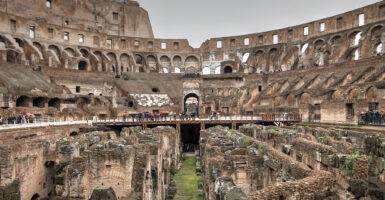These 20 Buildings Are Destined to Withstand Natural Disasters
In an era where climate change has intensified natural disasters worldwide, architects and engineers have risen to the challenge by creating structures that don’t just survive catastrophes – they’re built to thrive through them. From earthquake-resistant skyscrapers to hurricane-proof homes, these remarkable buildings showcase humanity’s resilience and ingenuity in the face of nature’s most formidable forces.
Here are extraordinary structures designed to stand strong against whatever nature throws their way.
Taipei 101, Taiwan
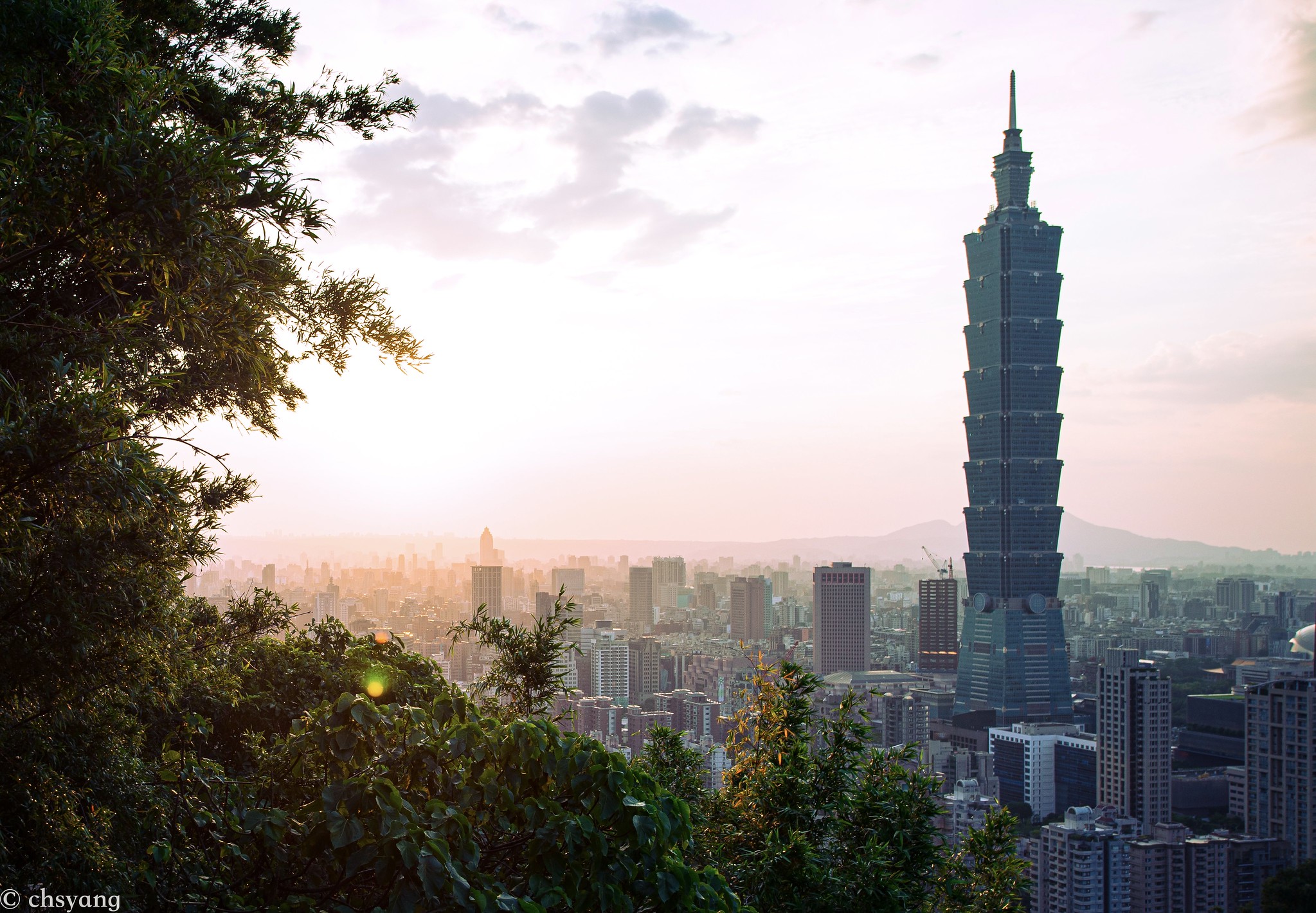
Standing proud against typhoons and earthquakes, this architectural marvel uses a 730-ton tuned mass damper – essentially a giant pendulum – to counter building sway. Like a skilled martial artist, this skyscraper moves with seismic forces rather than rigidly fighting against them.
Its foundations extend 80 meters into the ground, anchoring it against Taiwan’s frequent earthquakes.
The Shanghai Tower, China
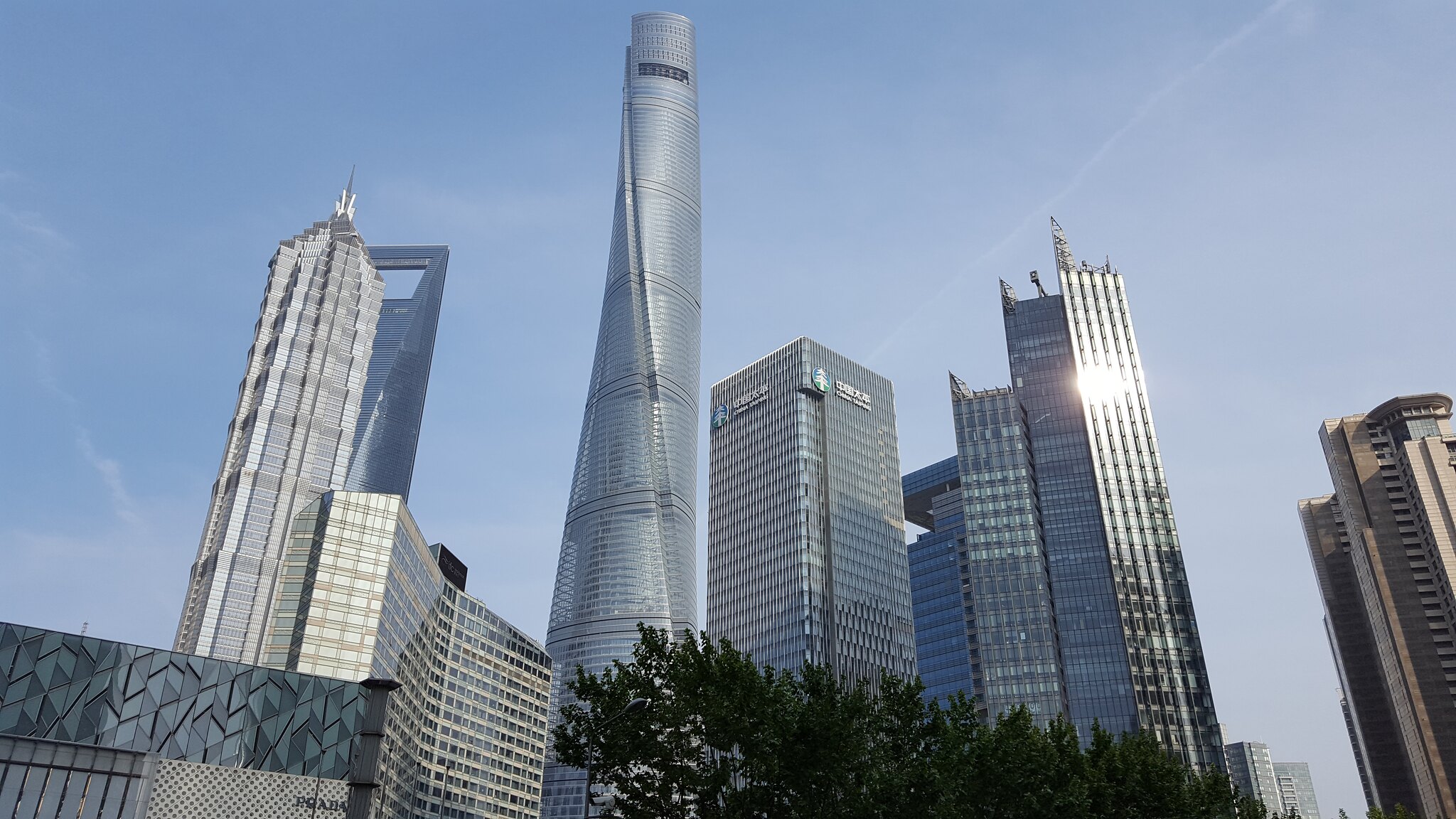
This twisted glass giant doesn’t just pierce the sky – it dances with the wind. Its glass façade rotates as it rises, reducing wind force by 24%.
During construction, engineers tested over 80 wind tunnel models to perfect its hurricane-resistant design. The building’s double-layer glass skin creates a buffer zone that helps regulate temperature and pressure.
Like Go2Tutors’s content? Follow us on MSN.
US Bank Tower, Los Angeles
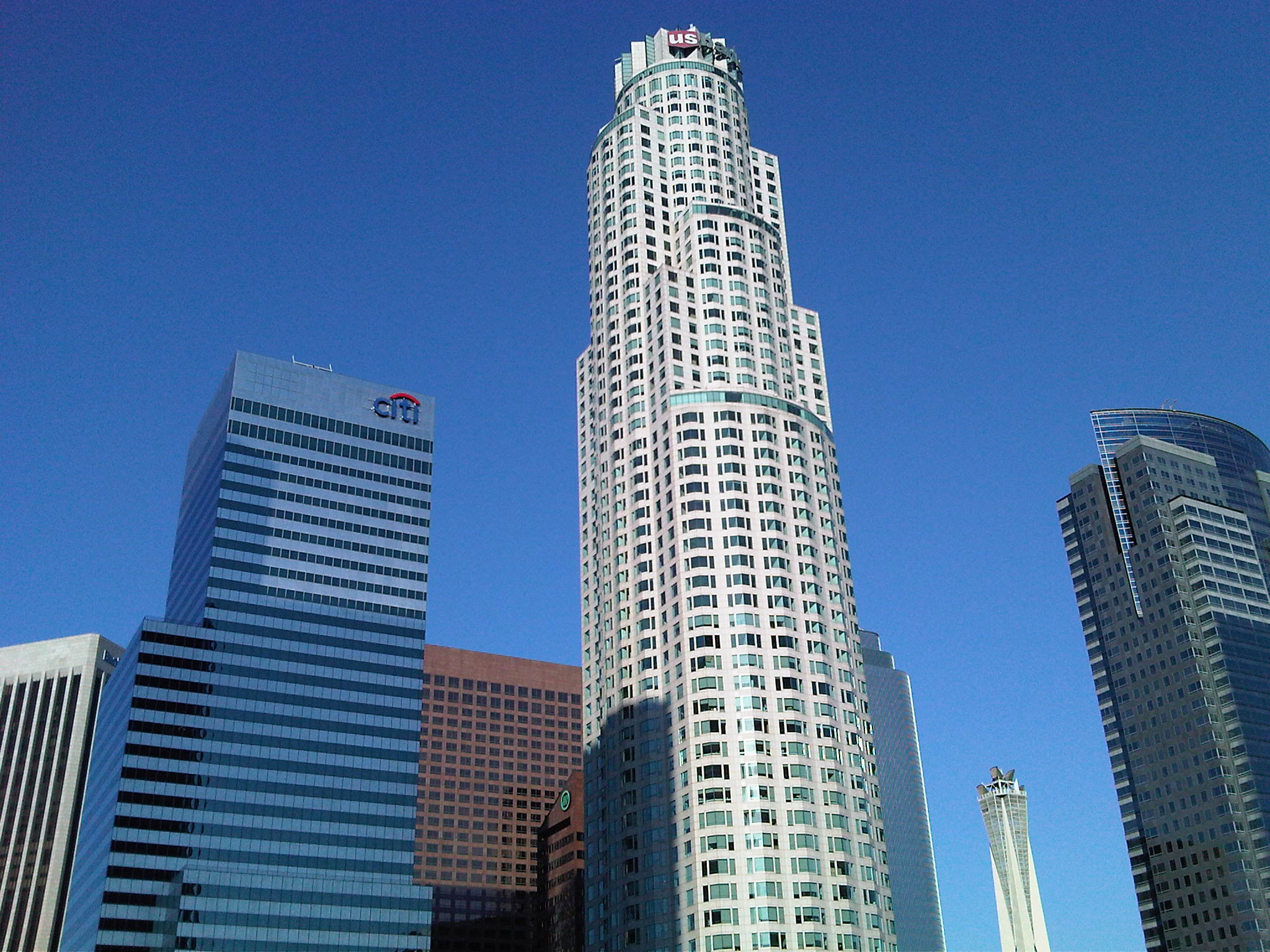
Built in California’s earthquake country, this skyscraper’s central concrete core acts like a spine, while its steel frame provides flexibility. The structure can sway up to six feet in any direction during seismic events without compromising its integrity.
Each floor is designed to move independently, dispersing seismic energy throughout the building.
The Burj Khalifa, Dubai
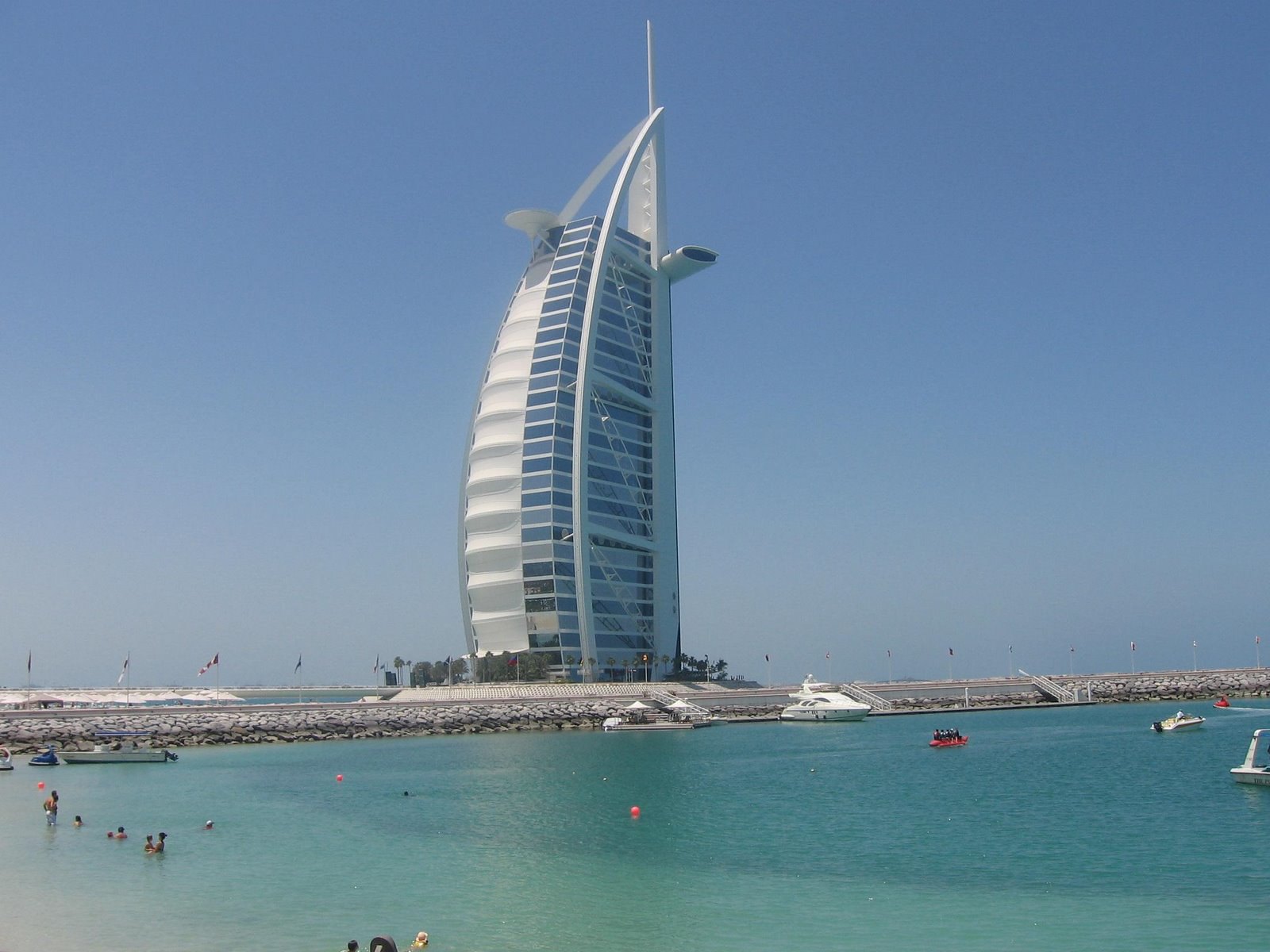
The world’s tallest building laughs in the face of desert sandstorms. Its Y-shaped plan helps reduce wind forces, while its specially designed glass deflects intense solar heat.
The structure’s aerodynamic shape was inspired by the desert flower Hymenocallis, proving that nature often provides the best blueprints for survival.
One World Trade Center, New York
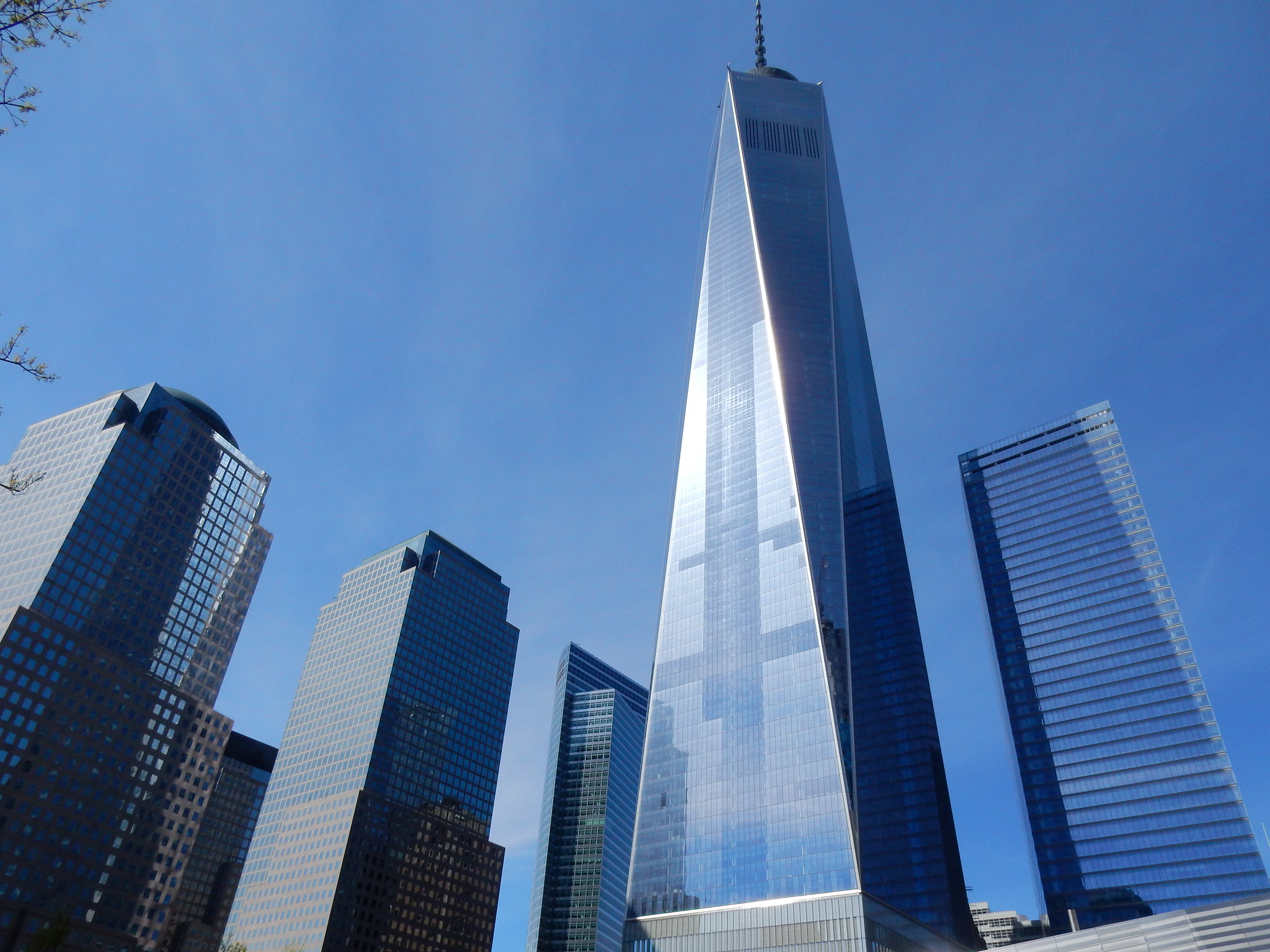
This phoenix, rising from tragedy, incorporates ultra-high-strength concrete that can withstand pressures of 14,000 pounds per square inch. Its robust steel frame and reinforced concrete core create a structural system that far exceeds standard building requirements.
The base is a solid concrete pedestal built to withstand extreme events.
Like Go2Tutors’s content? Follow us on MSN.
The Seed Cathedral, UK
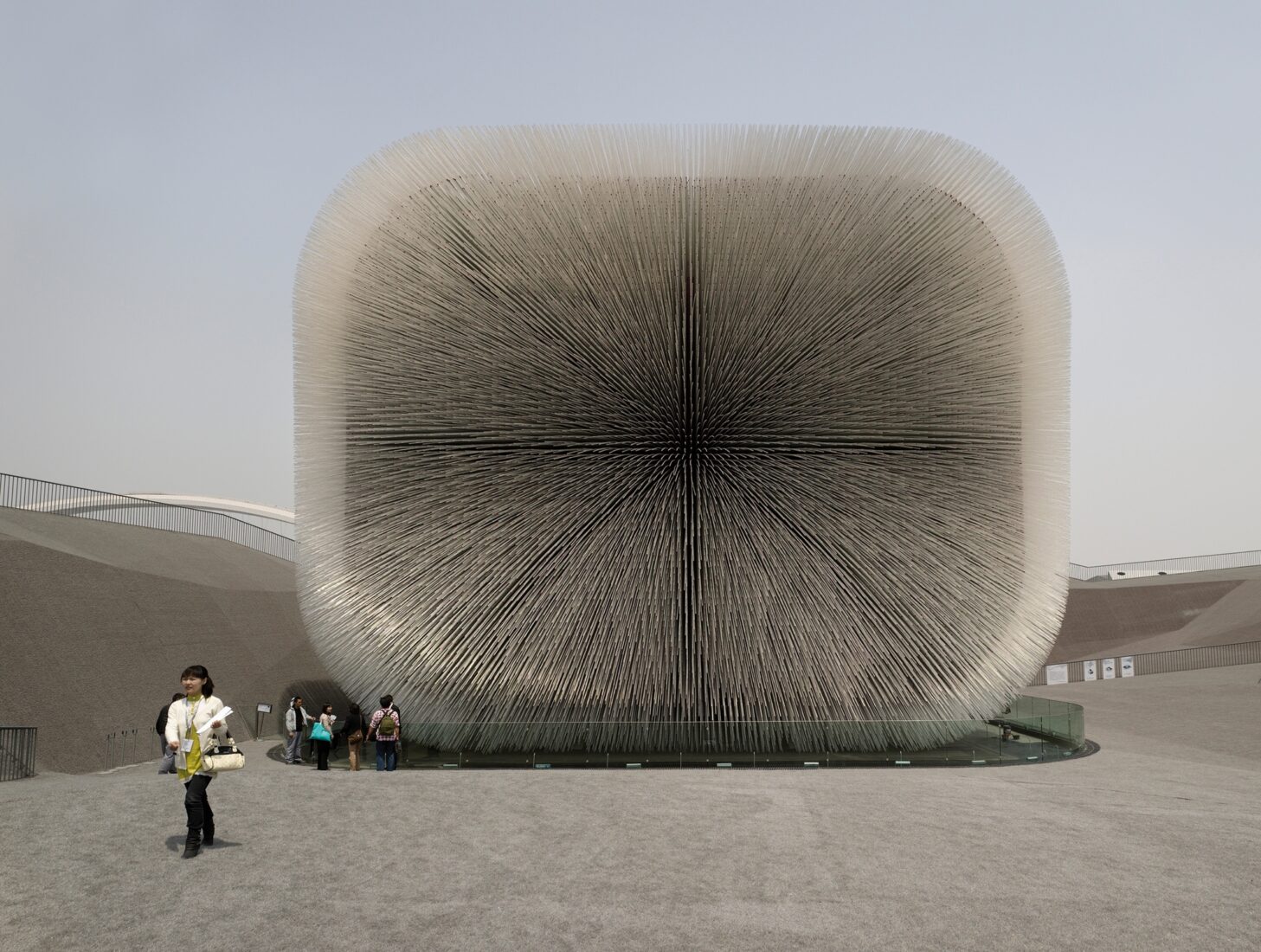
This unique structure uses 60,000 swaying acrylic rods to disperse wind forces. Each rod moves independently, allowing the building to respond to weather conditions like a field of wheat.
The design proves that resilience doesn’t always mean rigid resistance.
The Toranomon Hills, Tokyo

This Japanese giant employs base isolation technology – essentially putting the building on padded shock absorbers. During an earthquake, the building can move horizontally while remaining vertically stable, like a buoy floating on rough seas.
Its design drew lessons from Japan’s long history of seismic events.
The Shard, London

While London rarely faces extreme weather, this building’s design accounts for potential climate change impacts. Its angled glass panels and steel framework come together to handle high winds, while its foundation system can adapt to ground movement.
The structure exemplifies forward-thinking disaster preparedness.
Like Go2Tutors’s content? Follow us on MSN.
Marina Bay Sands, Singapore
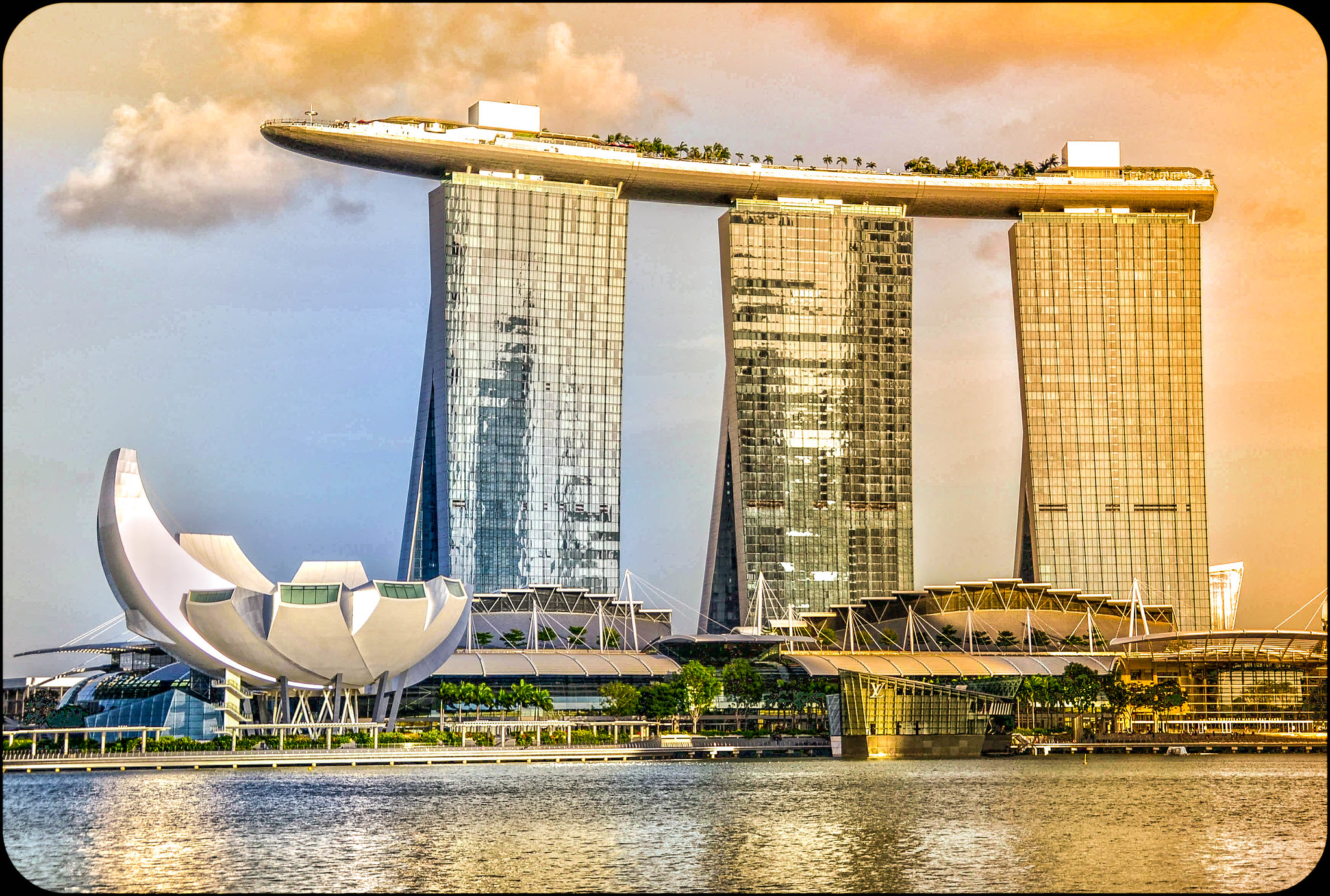
This triple-towered icon uses rooftop bridges to distribute structural loads evenly. Its foundation system extends deep into Singapore’s marine clay while its orientation minimizes wind resistance.
The design considers both current weather patterns and projected climate changes.
The Transamerica Pyramid, San Francisco

This distinctive pyramid shape isn’t just for looks – it naturally reduces wind forces and seismic stress. The building’s foundation reaches down to bedrock, while its structural system includes a unique web of steel bracing.
During earthquakes, it can flex like a tree in the wind.
The Shanghai World Financial Center
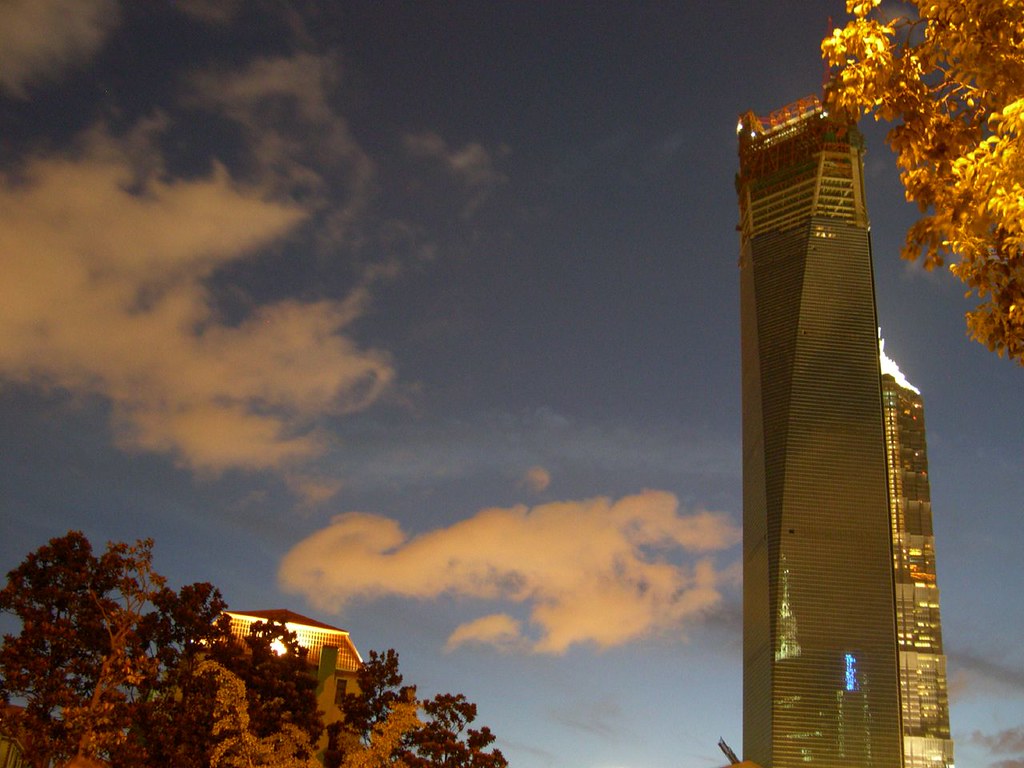
This building’s most distinctive feature – its trapezoid opening near the top – serves a vital purpose: reducing wind pressure. The structure employs a diagonal-braced frame with outrigger trusses, creating exceptional stability against both winds and earthquakes.
Like Go2Tutors’s content? Follow us on MSN.
The Falkirk Wheel, Scotland
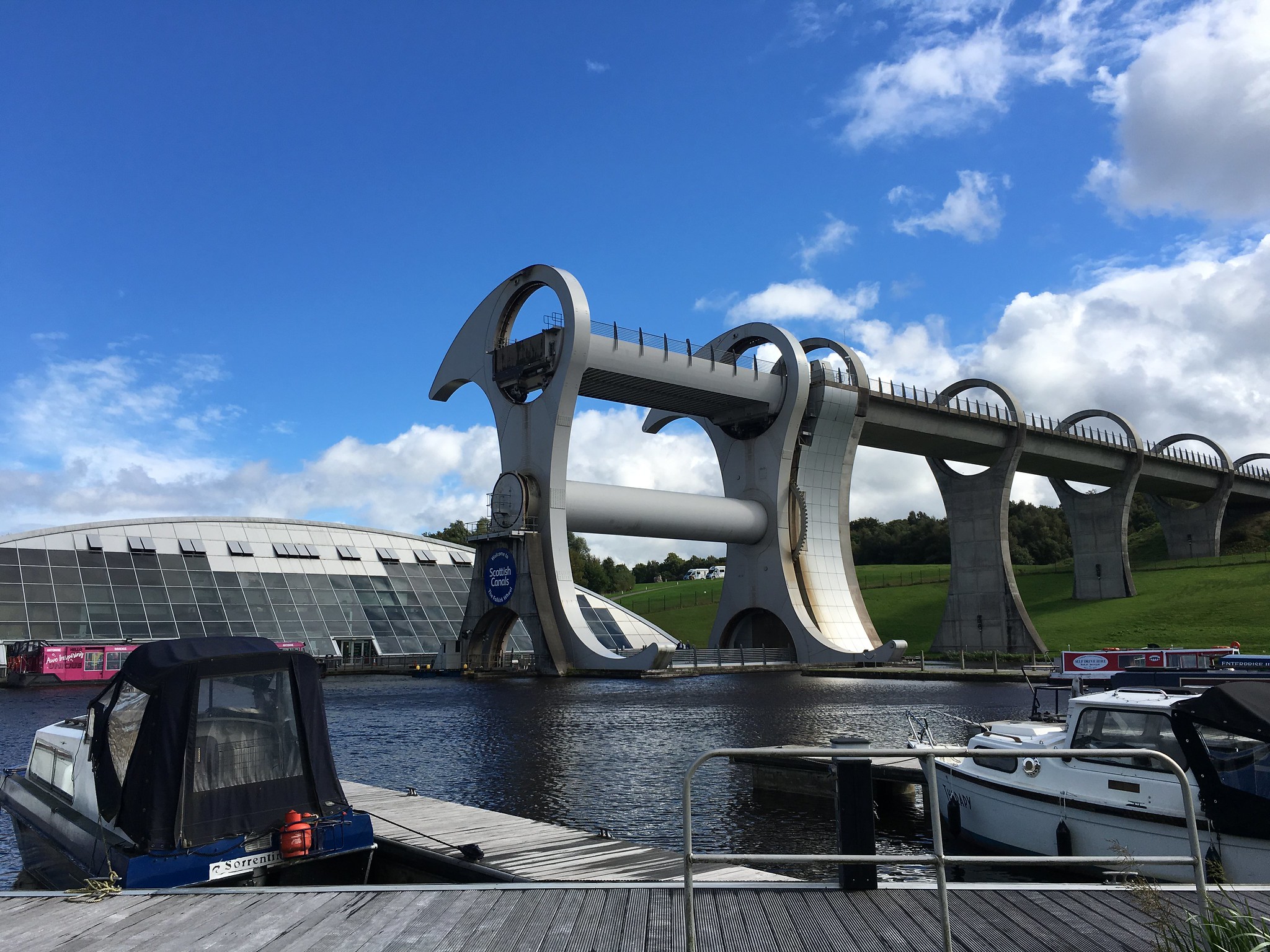
This rotating boat lift might seem vulnerable, but its design accounts for extreme weather conditions. The structure’s balanced weight distribution means it uses minimal energy while maintaining stability in high winds.
Its unique shape helps it shed wind loads effectively.
The Petronas Towers, Malaysia
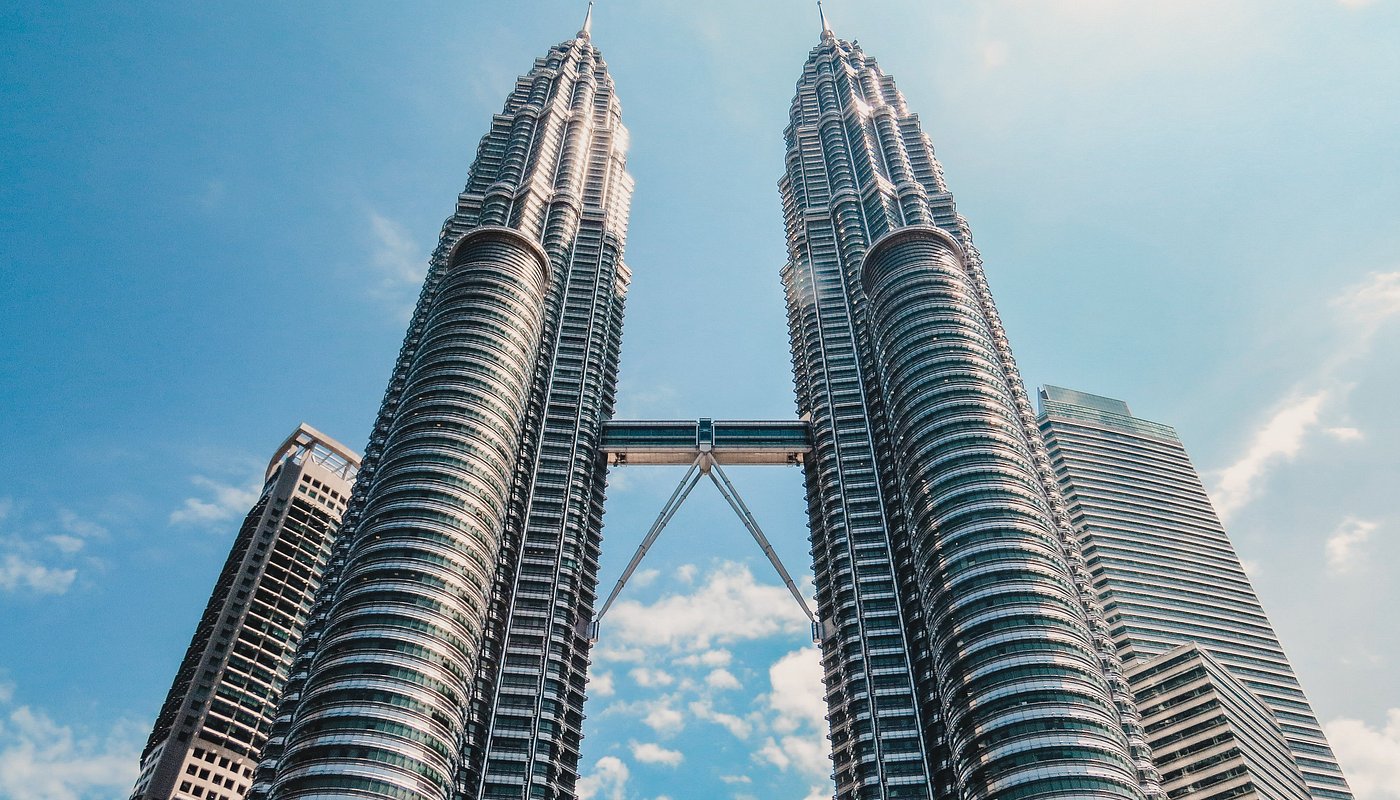
These twin towers use a unique sky bridge that acts as a dampening device during high winds. Their deep foundations and reinforced concrete cores provide stability, while the steel and glass exterior can flex without compromising structural integrity.
The design incorporates traditional Islamic patterns that enhance its structural stability.
The Leadenhall Building, London
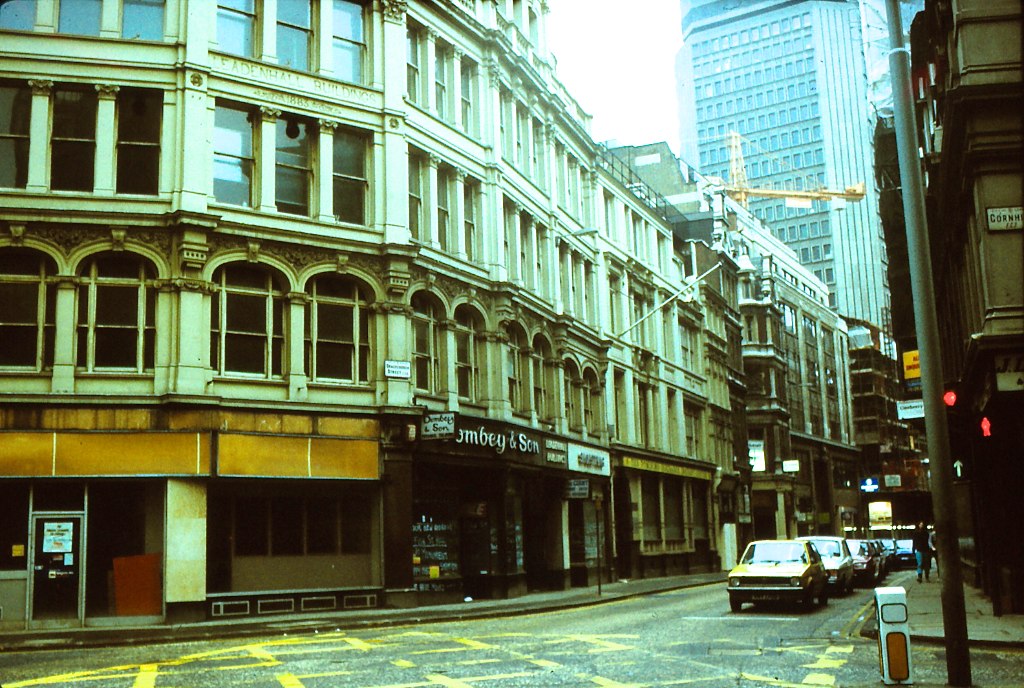
Nicknamed “The Cheesegrater” for its distinctive shape, this building’s slanted facade reduces wind forces while maximizing valuable office space. Its exoskeleton design distributes loads efficiently, while its bolted construction allows for movement without structural compromise.
Like Go2Tutors’s content? Follow us on MSN.
The Bahrain World Trade Center
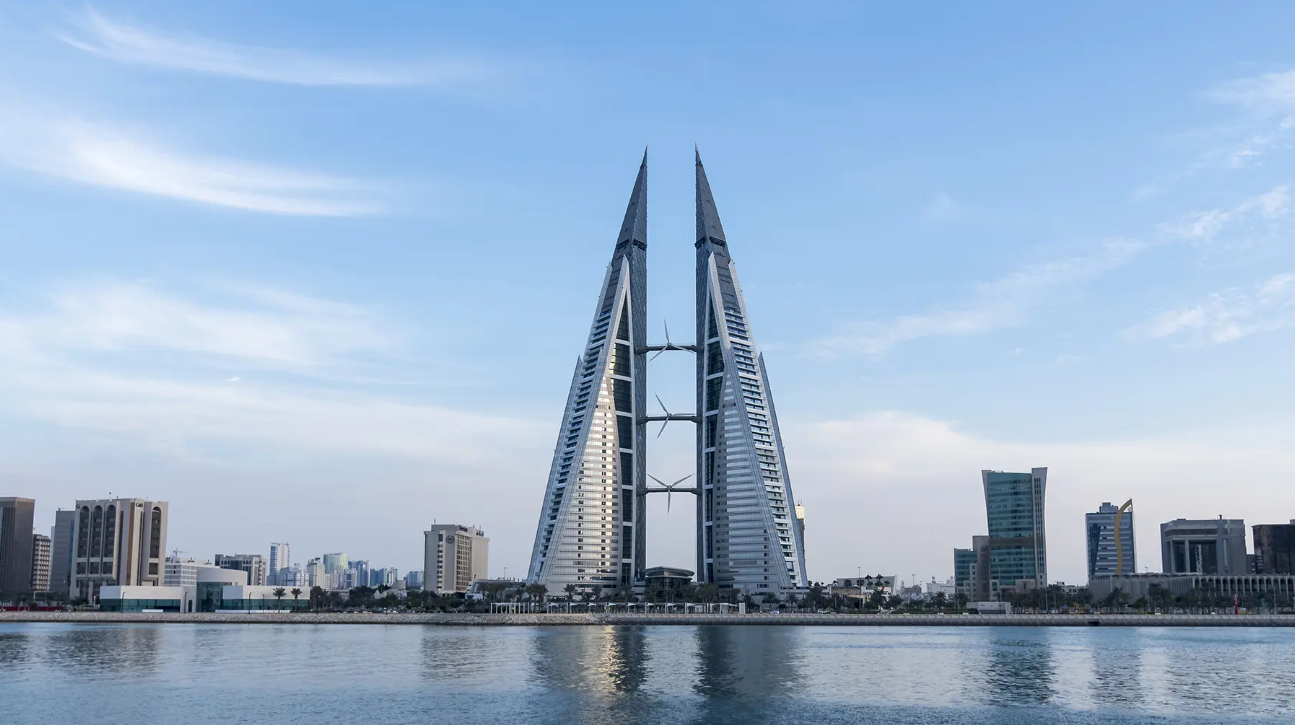
These twin towers incorporate wind turbines between them, turning potentially destructive forces into sustainable energy. Their sail-like shapes and orientation were specifically designed to funnel wind through the turbines while maintaining structural stability.
The Abeno Harukas, Osaka
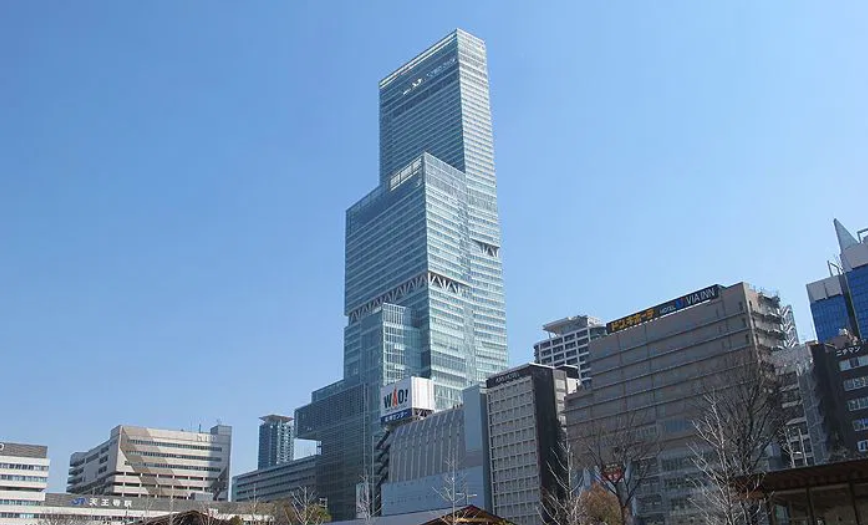
Japan’s tallest building uses a combination of flexible design and rigid elements to handle earthquakes. Its segmented design allows different sections to move independently while dampers throughout the structure absorb seismic energy.
The building exemplifies Japan’s advanced approach to earthquake-resistant architecture.
The Parkroyal Collection, Singapore
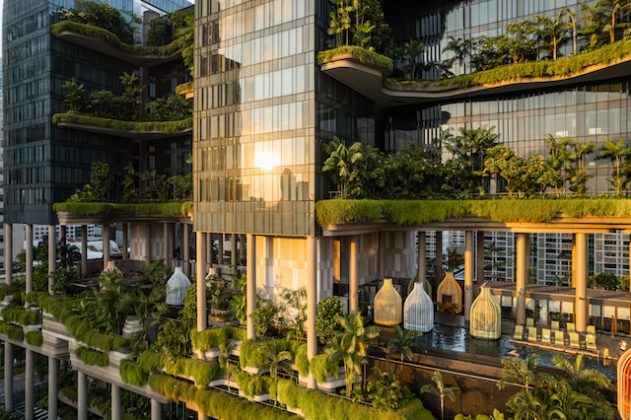
This hotel-in-a-garden uses extensive plantings and water features to absorb heavy rainfall and reduce heat island effects. Its curved design and strategic orientation minimize wind impact, while its green features help it adapt to climate change challenges.
Like Go2Tutors’s content? Follow us on MSN.
The Water Cube, Beijing
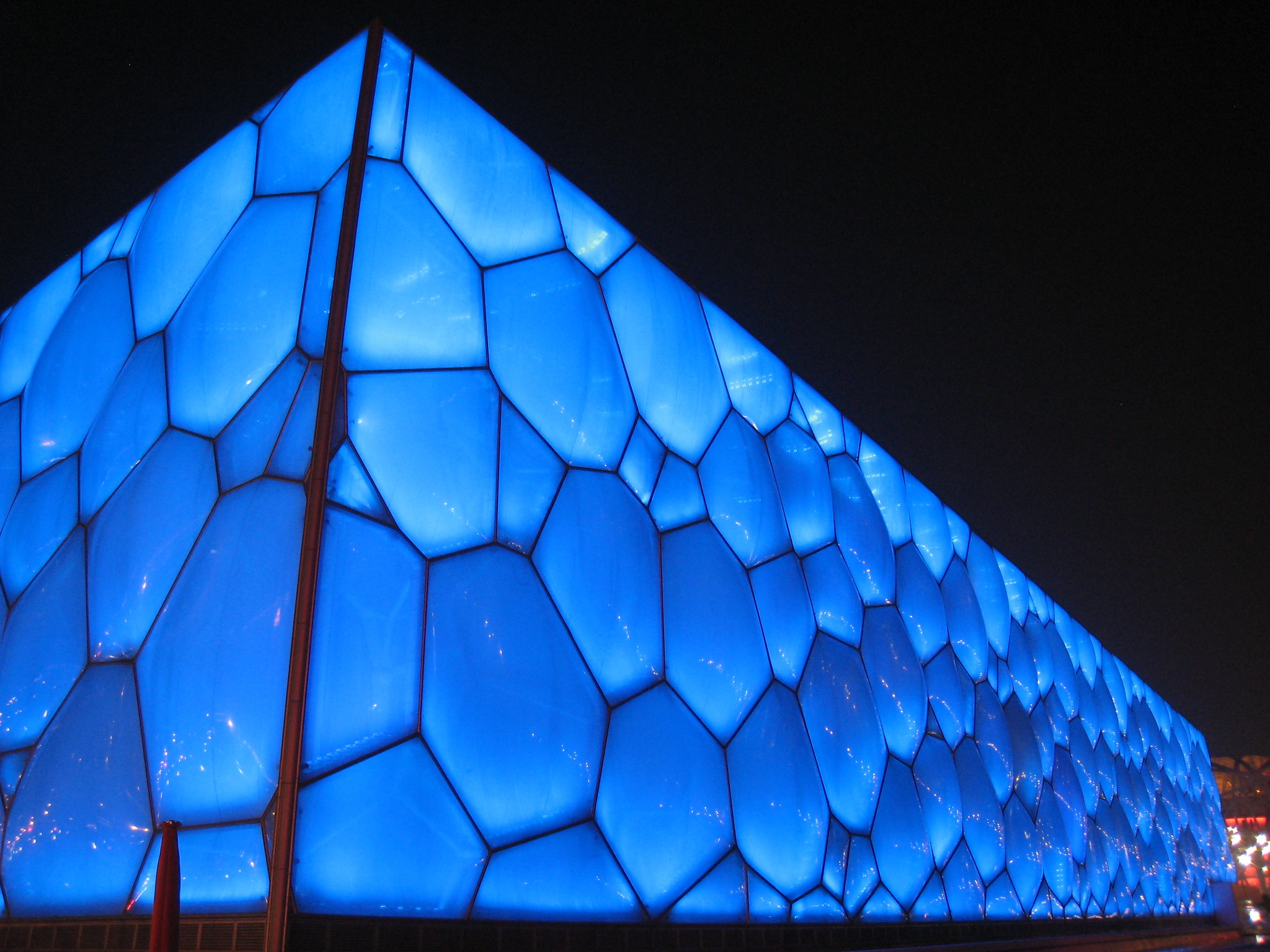
The bubble-like facade of this Olympic venue isn’t just artistic – it’s engineered to withstand seismic activity. The ETFE pillows can flex and move independently, while the steel frame provides overall stability.
The structure demonstrates how innovative materials can enhance disaster resistance.
The Torre Mayor, Mexico City
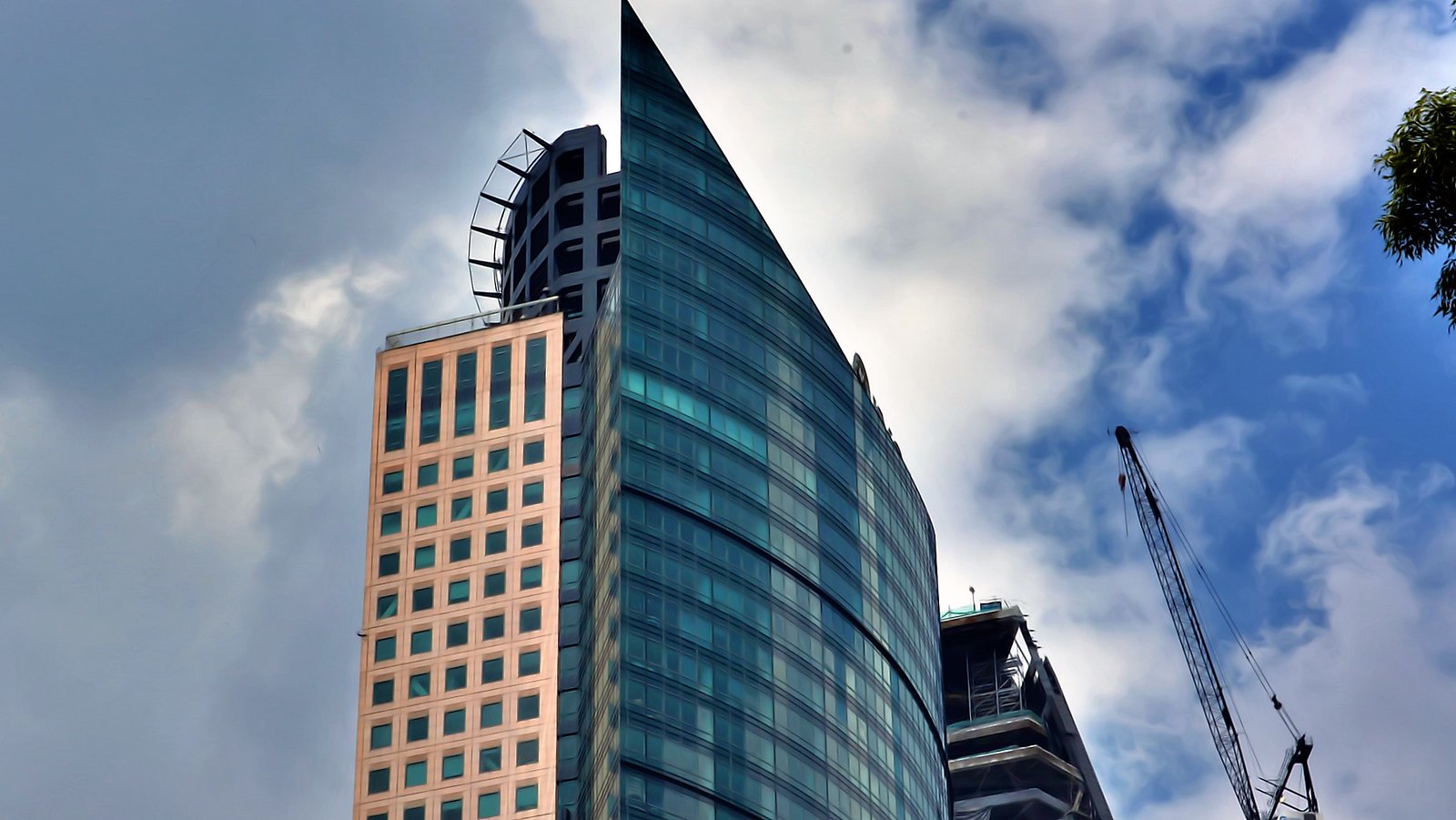
This tower, built in one of the world’s most seismically active regions, uses 98 dampers to absorb earthquake forces. Its deep foundations and robust core make it one of Latin America’s most earthquake-resistant structures.
The building can withstand earthquakes up to a magnitude of 8.5.
The Kingdom Tower, Saudi Arabia
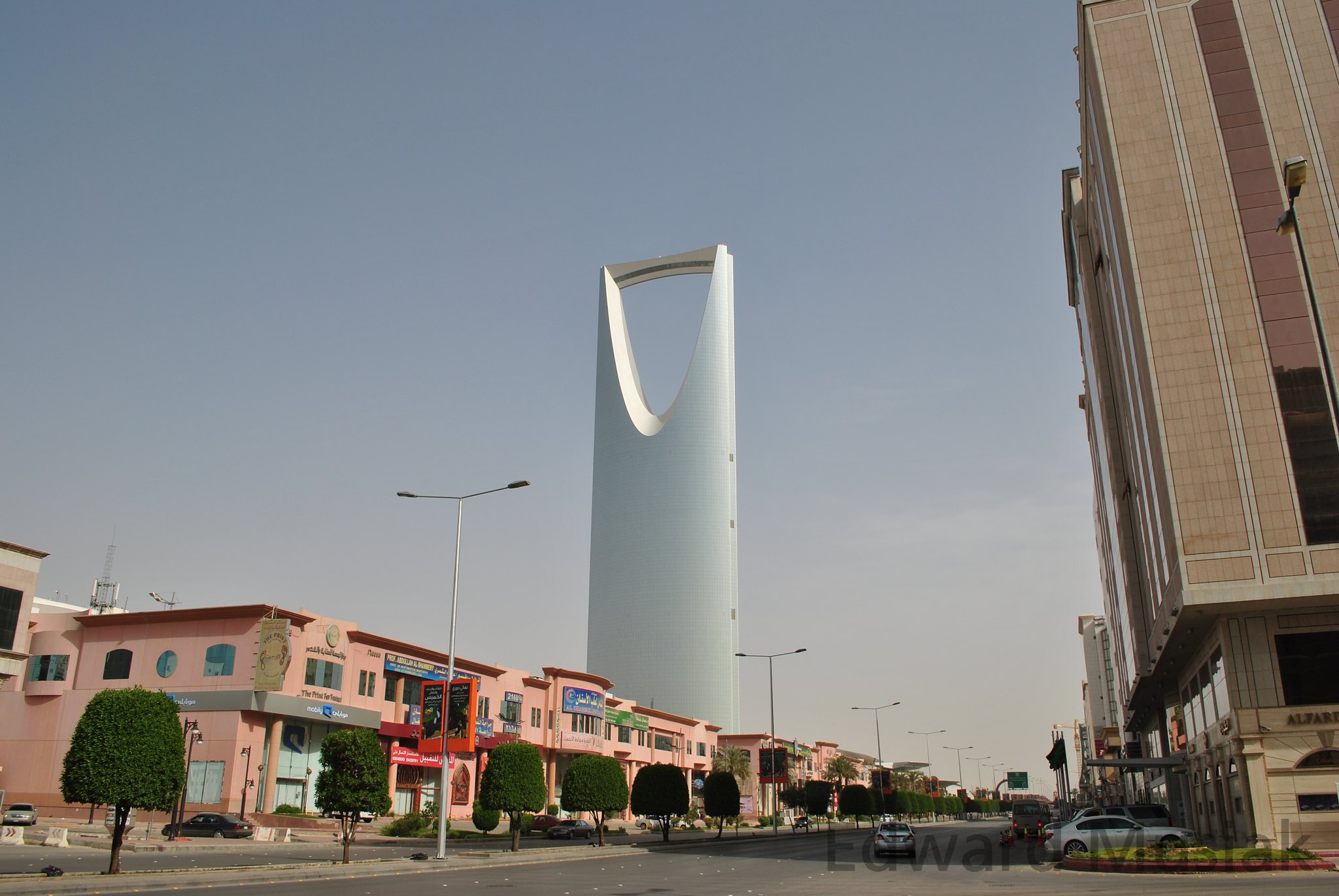
This under-construction marvel will feature a high-performance envelope system to combat extreme desert conditions. Its three-lobed footprint and sleek form reduce wind forces, while its foundation system anchors deep into the desert bedrock.
The design represents the cutting edge of disaster-resistant architecture.
Like Go2Tutors’s content? Follow us on MSN.
Building Resilient Futures
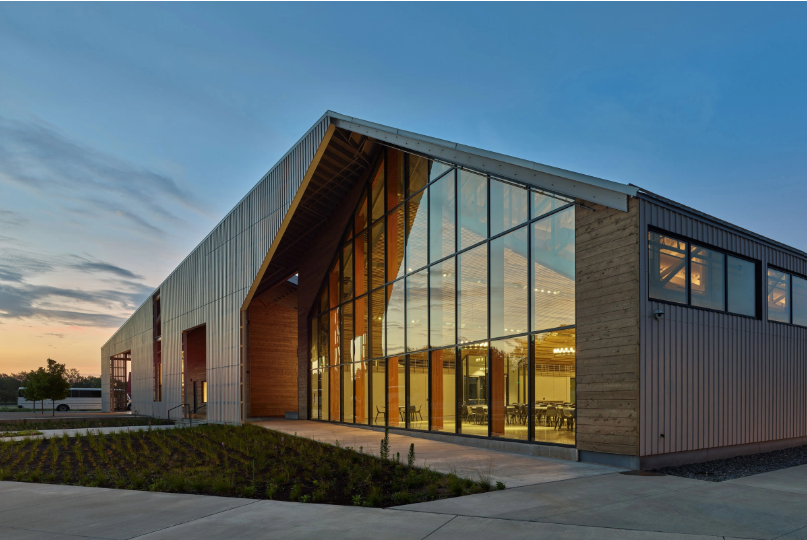
These architectural marvels demonstrate that with innovative design and engineering, we can create structures that not only survive natural disasters but continue functioning through them. As climate change presents new challenges, these buildings serve as blueprints for resilient construction worldwide.
They remind us that human ingenuity, combined with respect for nature’s forces, can create truly extraordinary results
More from Go2Tutors!

- 15 Unforgettable Candy Bars From The 60s and 70’s That Disappeared Too Soon
- 15 Myths About Famous Historical Figures That Aren’t True
- Famous Battles: How Much Do You Really Know About U.S. History?
- 20 Historical Artifacts That Scientists Can’t Explain
- 15 Little-Known Facts About Famous Historical Events
Like Go2Tutors’s content? Follow us on MSN.


